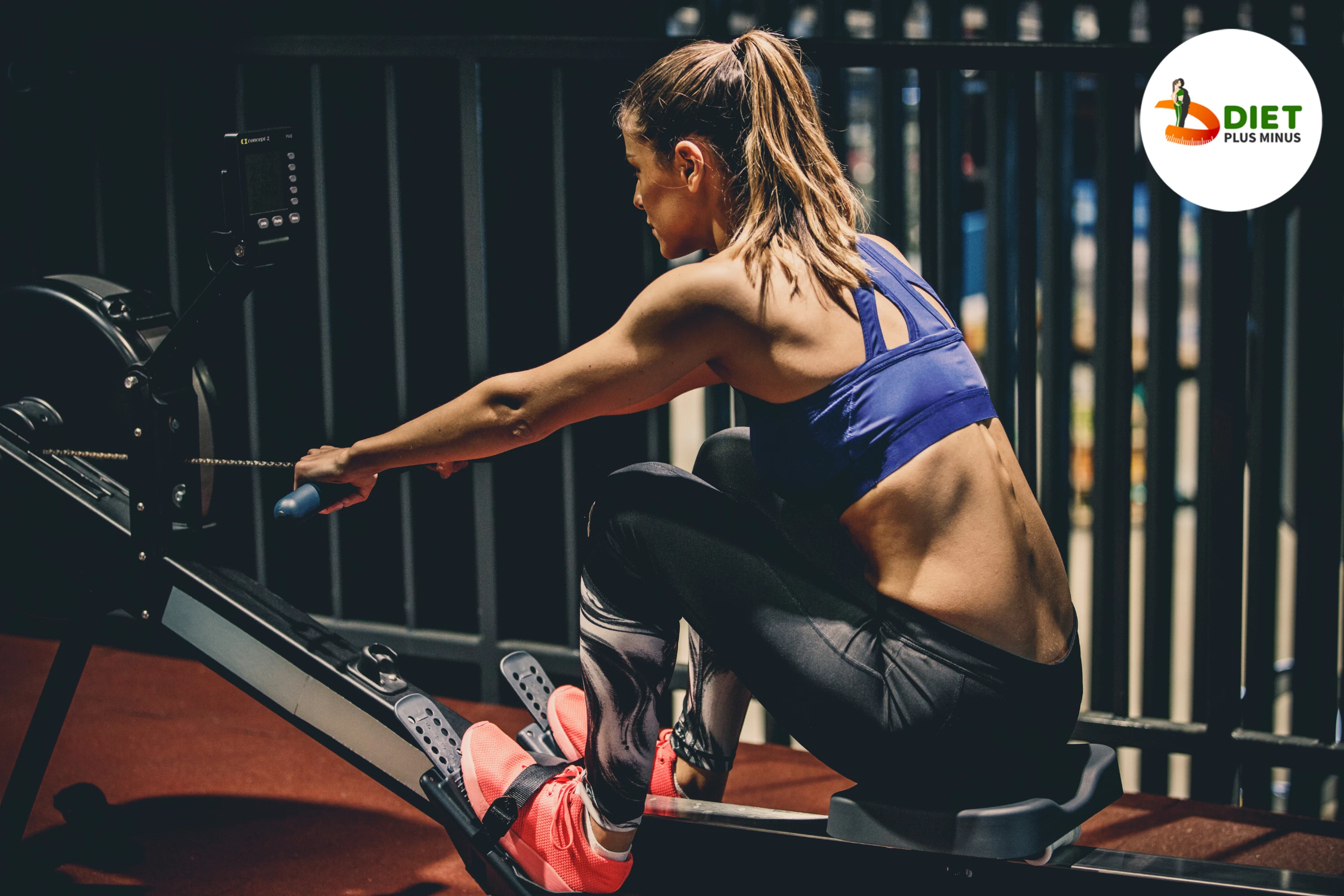Traps: Seated Cable Row

Seated Cable Rows
Seated cable rows work your upper back muscles, especially your trapezius. Sit on the edge of a bench facing away from the cable machine and start with a weight that matches your strength. Pull the cable handle towards your torso while keeping your elbows close. Squeeze each rep and release slowly. Use proper form throughout each repetition to avoid injury. Each rep should tighten your traps and mid-back. Maintain control throughout each rep to work all those muscles. 3-4 sets of 8-12 reps depending on resistance. Stretch those muscles after seated cable rows to keep them loose.
Muscles Worked
The seated cable row works upper back muscles, including traps. Your mid-back trapezius is a large triangular muscle. It lets you shrug and rotate backwards. For maximum benefit, focus on engaging these muscles during this exercise. Keep your shoulder blades pinched together and drive through with your elbows close to your body while pulling the weight to your chest. Be careful not to flare out or overextend during this motion, as this will stress surrounding muscles like rhomboids and leave you vulnerable to injury. This exercise will build strength and size over time if you keep tension in your traps.
Benefits
Sitting cable rows strengthen back and arm muscles. It benefits exercisers. Improved posture is one. This movement can improve posture and relieve neck and shoulder pain by strengthening the back muscles. This strength can also reduce daytime fatigue.
The seated cable row also strengthens grip and forearms. This multi-joint exercise strengthens the back, biceps, forearms, and grip. Due to increased muscle activation, this exercise can also improve your pull-ups and deadlifts with proper form and technique.
Finally, seated cable rows are low-impact, making them safer than bent-over barbell rows or power cleans. This makes them ideal for beginners or those with injuries that prevent them from doing certain exercises with more intensity or weight loadings.
Technique
Sitting cable rows require technique. Sit straight in the machine with your feet on the foot plate. Overhand grip the cable handle and extend your arms in front of you. Exhale and pull the handle towards your chest to contract your back and core. Pause after this movement and slowly return to the starting position, inhaling. Keep this exercise slow and controlled for best results! During this exercise, keep your shoulders and body relaxed. Monitor your form and safety during every repetition to maximise its benefits!
Errors
Seated cable rows often involve slouching. Leaning back too far reduces muscle tension and may cause injury. Maintain core tension and straighten your back and shoulders.
Seated cable rows often use too much weight. Ideal weights challenge you without compromising form. However, using too much weight will prevent you from performing each rep properly and reaping the full benefits of this exercise. Take time to find a weight that challenges you but allows good technique.
Finally, when doing seated cable rows, grip the handlebars properly. Every rep should be done with your hands shoulder-width apart and a strong grip on the bar to maximise control and muscle engagement.
Variations
Bent-Over Cable Rows are seated cable rows. This exercise isolates lats and rhomboids. Instead of sitting on the bench, bend forward at the hips so your torso is nearly parallel to the floor and hold the handle with both hands to do a bent-over cable row. Pull the bar towards you with your back straight and shoulder blades squeezed. By using an overhand or underhand grip, you can target different back muscles with this variation.
Single-Arm Rows are another variation. Single-arm rows are great for building arm strength and stability by engaging multiple core muscles in each rep. Sit facing away from a low pulley machine with one foot ahead for balance to do single arm rows. Pull one handle towards your ribcage with an overhand grip and slowly release it back to starting position. After completing all reps on one side, switch arms to balance body development.
Conclusion
The seated cable row targets back muscles and improves posture. For maximum benefit without injury, proper form must be maintained throughout the set. Starting a seated cable row with legs slightly bent and back straight ensures proper form. With shoulder blades pinched together and elbows close to the body, grip the handle firmly. Then, slowly pull the arms towards the stomach and release. As strength improves, add resistance bands or weight to this exercise. This exercise improves back muscle strength, stability, and health if done correctly.
In Short:
Steps involved:
-
Sit with your back straight on the machine and grab the handles.
-
Keep your back, leg, and torso still at 900 angle and pull the handle towards your body using your arms keeping your chest out.
-
Pull the handle until it touches your belly.
-
Slowly move the handle to the starting position. Repeat.
Do’s:
-
Always keep your back straight and torso still.
-
Use the back and the traps muscles to move the weight.
-
Do pause at the peak of the movement
Don’ts:
-
Do not bend your shoulders when your arms are fully extended.
-
Do not lean forward and use the momentum to swing the weight back.
